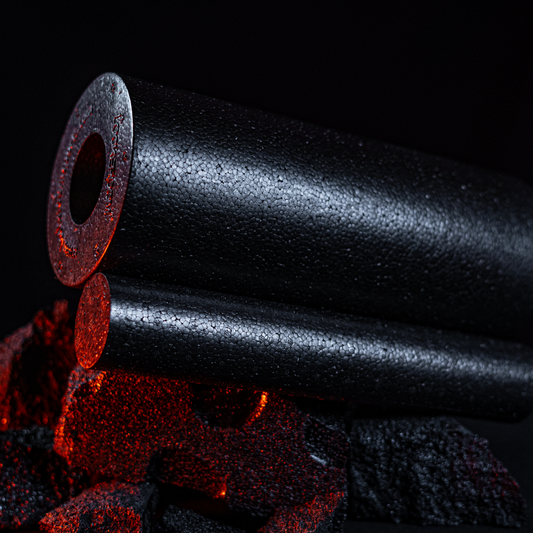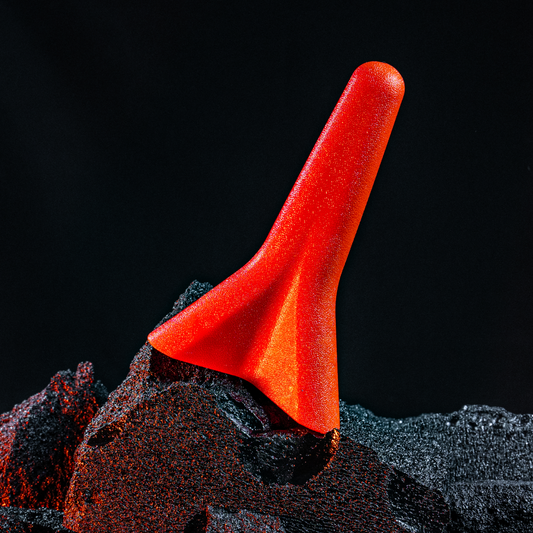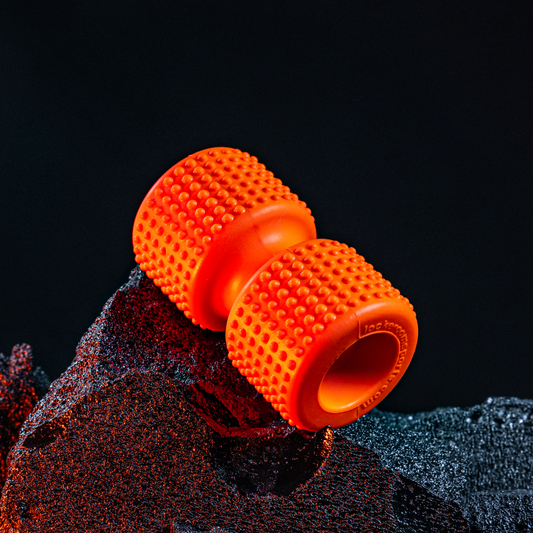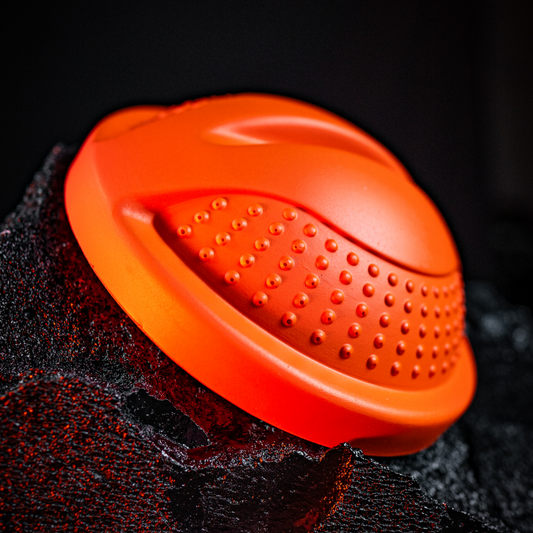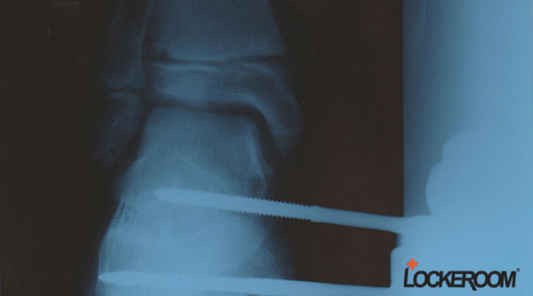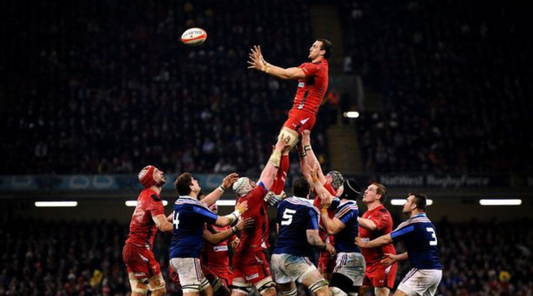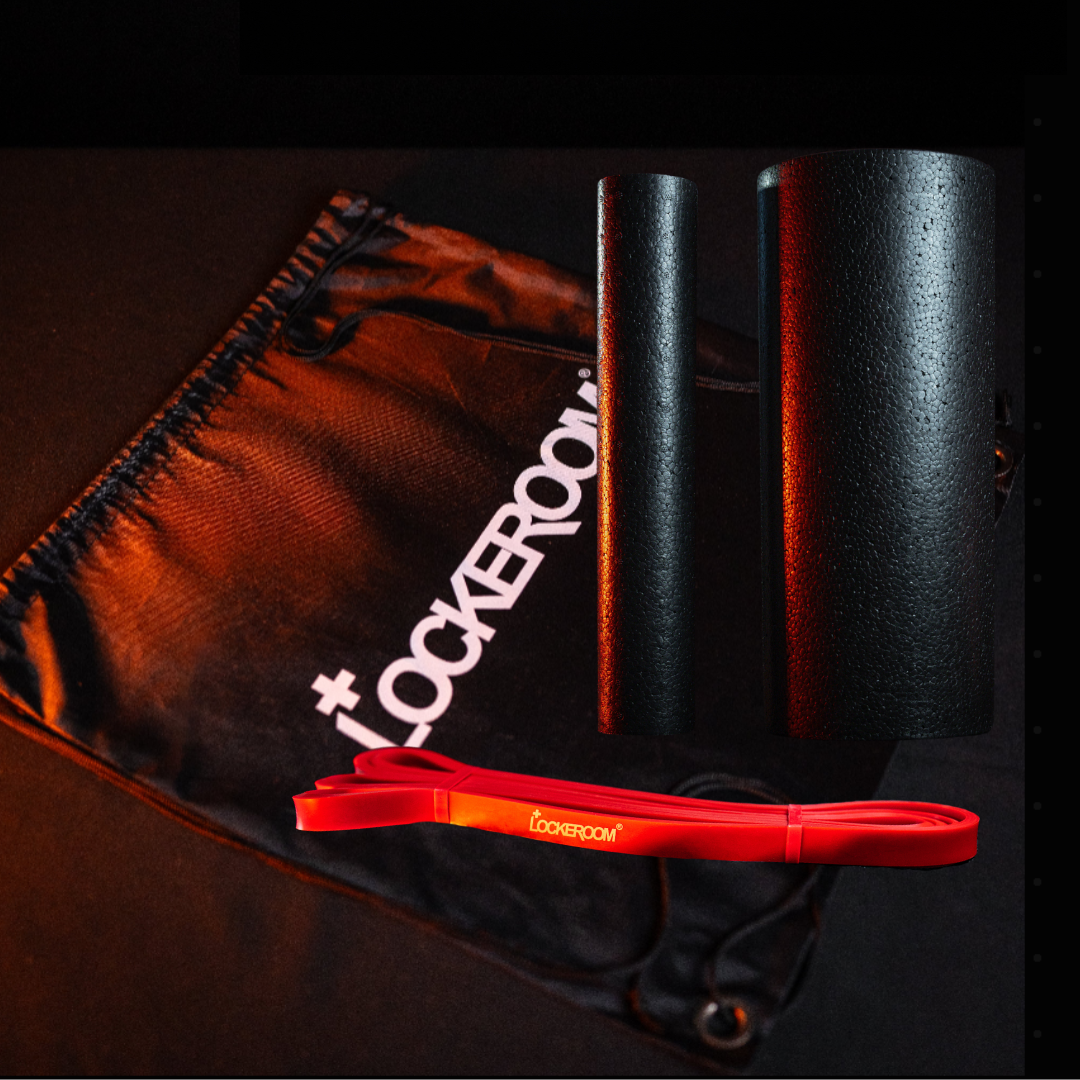
Q&A with Cam
Learn what might be behind your symptoms
What type of patients do you see who need work on their Serratus Anterior muscle?
When the serratus anterior is weak, it results in poor scapular control, which can contribute to poor posture and lead to upper back, neck, and shoulder pain.
This condition is commonly seen in individuals who frequently engage in overhead activities, such as swimmers, tennis players, and painters, as well as in post-surgical shoulders.
Underactivity in the serratus anterior often leads to symptoms such as pain in the chest, breast, or shoulder blade, and can indicate that the muscle is either inactive or needs stimulation to remain effective in shoulder movement.
What shoulder injuries affect Serratus Anterior?
Because the Serratus Anterior muscle attaches to, and controls certain scapula movements it is impacted if you fracture your scapulae.
A fractured scapula can result from a direct fall onto the shoulder blade, such as when footballers or jumpers land awkwardly on their upper back, or from a fall from a horse. These injuries can also be caused by a direct blow to the upper back and are not age-dependent.
The best course of action for a fractured scapula typically involves immobilization with a sling to allow the injury to heal properly. In some cases, surgery may be required to ensure correct alignment and recovery. This type of injury is often very painful, so managing discomfort is also an important part of the treatment process.
Any period of immobilization will weaken muscles so surgery recovery programs should always include Serratus Anterior strengthening exercises.
Why is improving Serratus Anterior strength important? What's the easist way?
There is no ‘easy’ way.
Strengthening exercises take commitment over time but if you are prepared to put in the work, you will see results.
Strengthening and activating the serratus anterior muscle helps to restore proper shoulder mechanics and alleviate associated pain.
Simple strengthening exercises include double arm rolling up against a wall with a Foam roller and using Powerband exercises to enhance muscle activation, strengthen scapulae stabilizer muscles and support proper shoulder function.
How quickly can I start working on strengthening exercises after Shoulder Surgery?
Depending upon the type of surgery, you can generally incorporate Serratus strengthening 6- 12 weeks from surgery. Also included at this time will be interscapular muscle strengthening and rotator cuff strengthening exercises.
For best long term recovery results, continue these strengthening exercises as part of all ongoing training programs.








